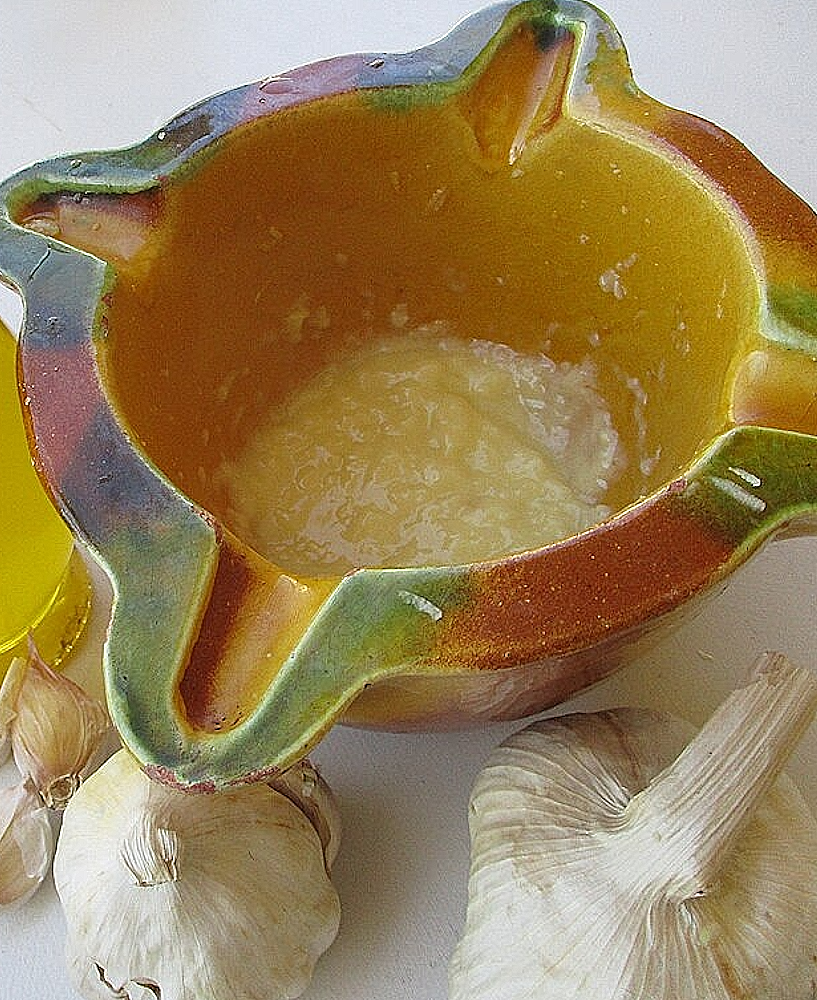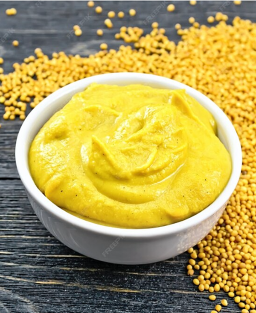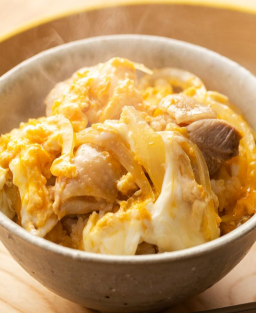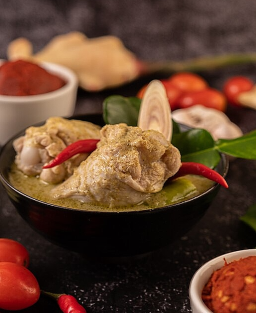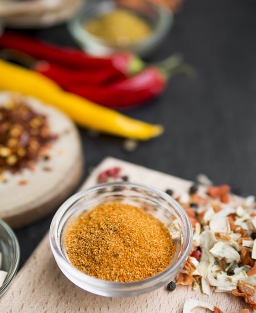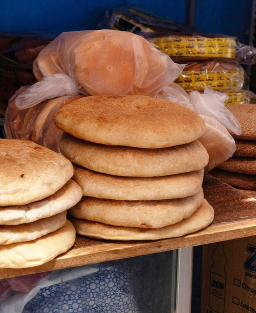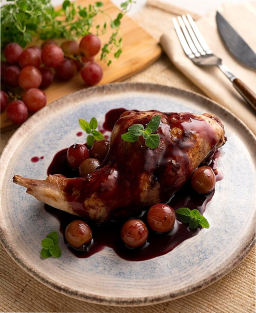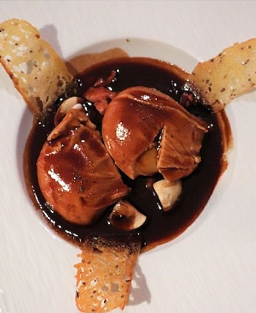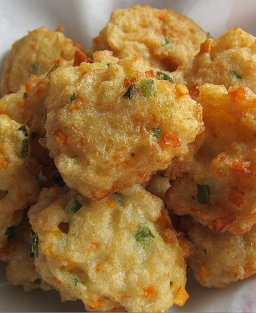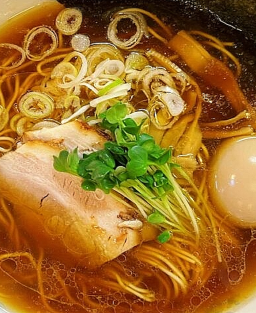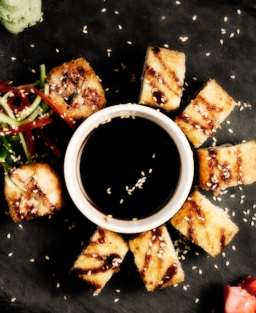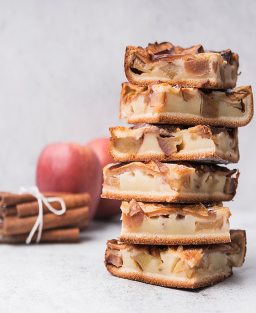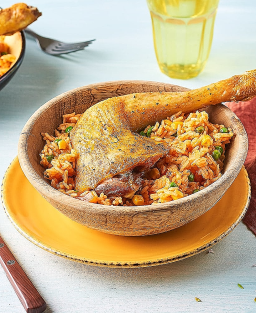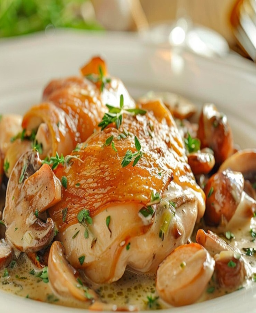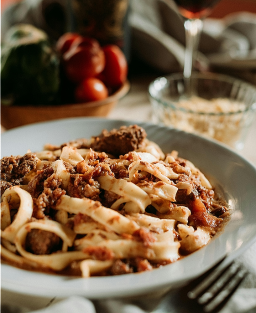- Out-of-Stock
The True Traditional Recipe for Provençal Aioli: The Art of Making a Garlic and Olive Oil Emulsion the Old-Fashioned Way
The True Traditional Recipe for Provençal Aioli: The Art of Making a Garlic and Olive Oil Emulsion the Old-Fashioned Way
Aioli is a traditional Mediterranean sauce made with garlic and olive oil, highly popular in Provence and other regions of Southern France, as well as in Spain, particularly in Catalonia. Its history and origins are both rich and complex, as this condiment dates back centuries and has evolved over time.
Origin of Garlic and Olive Oil
Garlic (Allium sativum) and olive oil (Olea europaea) have been fundamental ingredients in the Mediterranean basin since antiquity. Garlic, native to Central Asia, was used by the ancient Greeks and Romans for its medicinal and culinary properties. Olive oil, on the other hand, has been cultivated and used in the Mediterranean region for over 5,000 years. Therefore, both of these elements have been present in Mediterranean cuisine for millennia and are the foundation of many traditional recipes.
The First Written References to Garlic and Olive Oil in Cooking
One of the earliest references to a sauce made with garlic and olive oil dates back to Ancient Rome. The oldest known book that mentions a similar sauce is De Re Coquinaria (The Book of Cooking) by Apicius, a Roman cookbook from the 4th or 5th century AD. In this book, a recipe for a sauce made from garlic and olive oil called allec is described, although it is not exactly the aioli we know today.
The Authenticity of Garlic and Olive Oil: The Medieval and Renaissance Eras
Aioli as we know it probably didn’t appear until the Middle Ages. There is evidence that this sauce was already used in Provence in the 12th century. At that time, recipes were often transmitted orally, but some early written mentions appear in archives or cookbooks.
In Le Livre de la Cuisine Provençale by Maître Chiquart (15th century), an influential cookbook from the region, preparations similar to aioli are mentioned, though the preparation and technique were not yet fully codified. The Provençal doctor and cook Guillaume Tirel, known as Taillevent, in the 14th century might have also referred to sauces made with garlic and olive oil in his works, though these preparations were not always called "aioli."
The Codification of the Recipe
It was only in the 19th century that aioli became a precisely codified condiment, particularly within Provençal cuisine. Before that, this sauce was often made informally, with local variations in the proportions of garlic and olive oil, sometimes even adding eggs.
The classic Provençal aioli is an emulsion of crushed garlic, olive oil, and salt. Sometimes a bit of egg yolk is added, but this is a variation, and it wasn't until the late 19th century that the addition of eggs became more systematic to make the emulsion more stable and creamy.
Evolution of the Recipe and Its Usage
In Southern France, particularly in Provence, aioli is associated with festive dishes like pan bagnat (country bread filled with vegetables, eggs, tuna, and garlic), grilled fish, and seasonal vegetables such as potatoes, green beans, artichokes, peppers, and carrots. This recipe is still made according to traditional methods, with fresh garlic crushed in a mortar and high-quality olive oil.
Modern Written Mentions
In the 20th century, aioli became a symbol of Southern French cuisine and was mentioned by several writers and culinary historians. Chef Escoffier, in his 1903 book Le Guide Culinaire, mentions aioli in one of his recipes as an example of Provençal sauce.
Today, aioli is found in almost every traditional restaurant in Southern France, and it has also crossed borders, with variations and adaptations in other Mediterranean regions. However, the original recipe, without eggs, made with garlic, olive oil, and salt, remains a true emblem of traditional Provençal cuisine.
Summary of Aioli’s Historical Stages
-
Ancient Rome: Use of garlic and olive oil in various sauces.
-
Middle Ages: Emergence of garlic and olive oil-based sauces in Provence, with few written mentions.
-
Renaissance and Modern Period: Mention of similar recipes, but aioli begins to take shape in Provence.
-
19th Century: Codification of the recipe, addition of eggs to make the emulsion more stable.
-
20th Century: Popularization and recognition as a symbol of Southern French cuisine.
Conclusion
Aioli is a sauce both simple and rich in history, perfectly embodying Mediterranean cuisine. Its origin dates back centuries, long before the recipe was codified as a modern emulsion with garlic, olive oil, and sometimes eggs. The true history of aioli is deeply rooted in tradition, yet it has managed to evolve and adapt over the centuries. It is a condiment that embodies both the simplicity of its ingredients and the richness of Mediterranean culinary history.
The True Traditional Recipe for Aioli Provençal Without Eggs is a Game of Patience and Technique. It is an emulsion of garlic and olive oil that must be made by hand, using a mortar and pestle. Here’s how to do it, step by step, to make an authentic Provençal aioli.
Ingredients:
-
6 to 8 garlic cloves (ideally fresh and tender)
-
250 ml of olive oil (extra virgin, good quality, but not too strong)
-
1 teaspoon of salt (preferably sea salt)
Equipment:
-
A mortar and pestle (traditionally essential for a perfect emulsion)
-
A small spatula or brush (if you want to help scrape the garlic and oil)
Traditional Method for a True Aioli:
-
Prepare the garlic:
Peel the garlic cloves and remove the shoots (the small green stems inside that can make the garlic bitter).
Roughly chop the garlic cloves to make them easier to crush in the mortar. -
Grind the garlic:
Place the chopped garlic in the mortar.
Add a small pinch of salt (the salt helps not only to season but also to crush the garlic). -
Crush the garlic:
Use the pestle to crush the garlic cloves. You need to crush them well until you get a fine, creamy paste. Be patient, this step can take a little time. -
Add the olive oil:
Once the garlic is reduced to a puree, start adding the olive oil slowly (in a very fine stream).
It’s crucial to pour the oil slowly, incorporating it gradually while continuing to crush the garlic with the pestle. This helps to create the emulsion.
You should move the pestle in a circular motion in the mortar, incorporating the oil as you add it.
This step requires patience: the aioli will thicken progressively and become creamy as you add the oil. -
Emulsion and Texture:
Continue adding the oil and working the garlic in the mortar until you achieve a thick, smooth emulsion. The consistency should be creamy but not too runny.
When the aioli is ready, it should have a dense texture that spreads well but still holds its shape. -
Taste and Adjust:
Taste your aioli. If necessary, you can add a little more salt to adjust the seasoning.
Tips for Perfect Aioli:
-
Olive oil: The olive oil should be good quality extra virgin, but not too bitter or too fruity. A mild oil is ideal so as not to overpower the garlic flavor.
-
Patience and technique: The key to good aioli is the slow emulsification of the garlic and the oil. If you add the oil too quickly, the emulsion may break.
-
Do not break the emulsion: If, by mistake, your aioli separates (which can happen if the oil is added too quickly), you can try to rescue it by adding a small spoonful of warm water and continuing to crush vigorously.
Regional Variations:
Some people add a touch of mustard to the aioli to help with emulsification, but this is not traditional in the classic Provençal version. Therefore, it’s better to leave it out for a true recipe.
Serving Suggestions:
Traditional aioli pairs perfectly with many Mediterranean dishes such as:
-
Boiled vegetables (potatoes, artichokes, carrots, green beans, etc.).
-
Grilled fish, such as sea bream or bass.
-
As a side with meats like garlic rabbit or even roasted chicken.
-
With toasted bread or as a base for a Provençal sandwich.
The beauty of aioli lies in its simplicity and the art of making it by hand, with care and method. It is a condiment that carries the soul of Provence within it.











